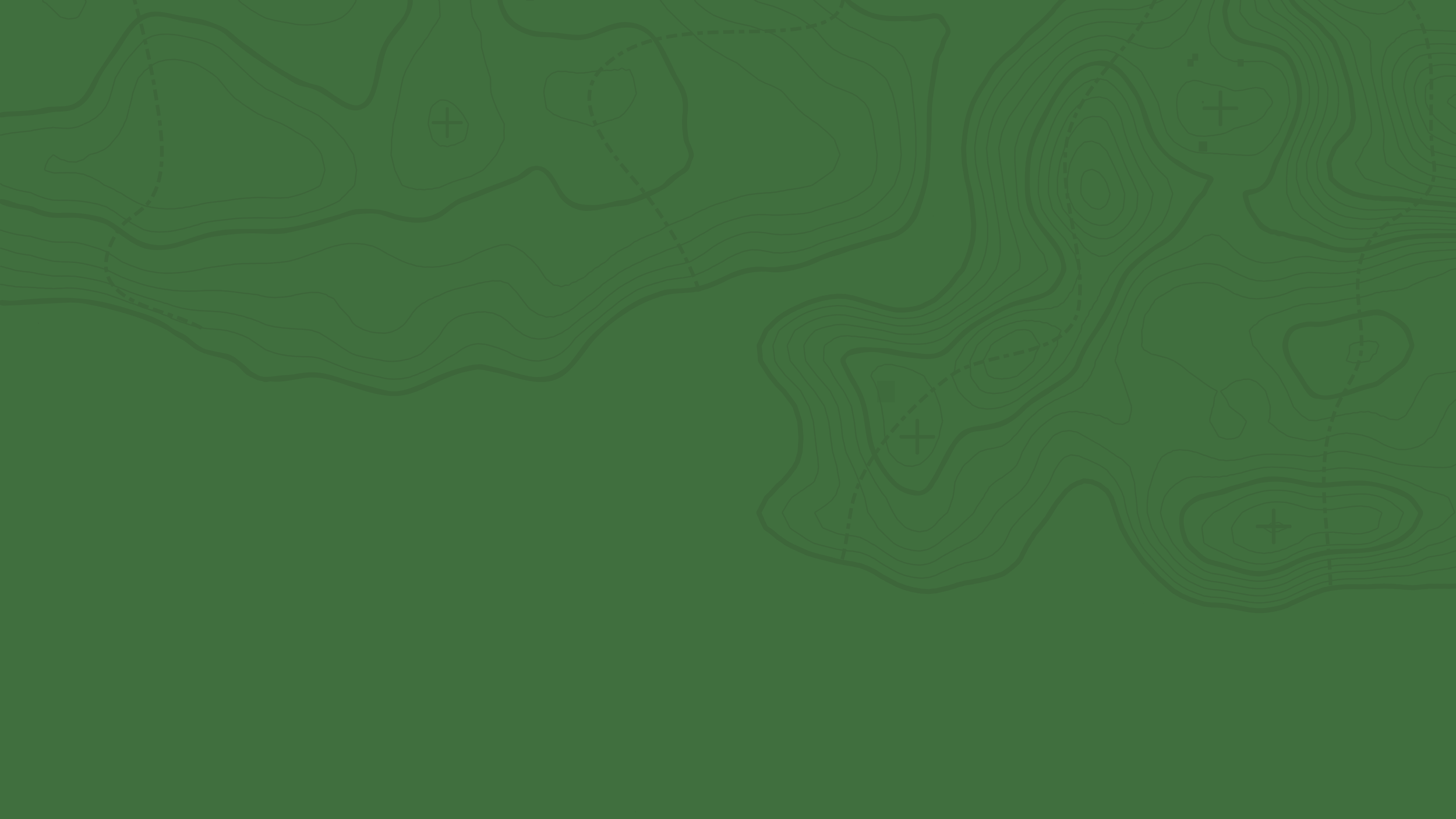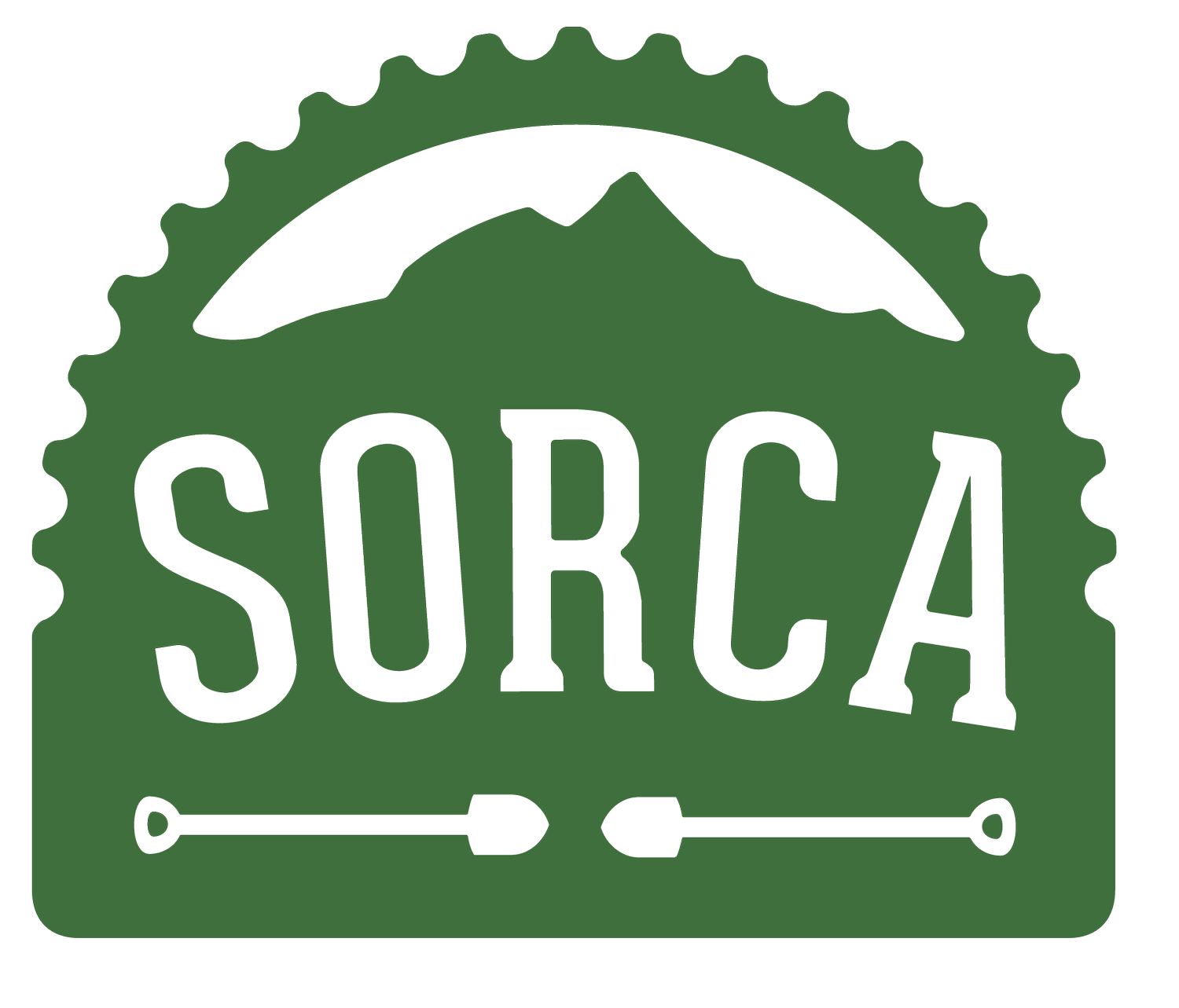Our commitment to Skwxwú7mesh Úxwumixw.
All the mountain bike trails in Squamish are located on the territory of the Skwxwú7mesh Úxwumixw (Squamish Nation). From Cheshire Cat to Labour of Love, we ride on lands stewarded and governed by the Sḵwx̱wú7mesh Úxwumixw since time immemorial. Under modern colonial understandings of land ownership, the Skwxwú7mesh Úxwumixw also owns land throughout Squamish including parcels where mountain bike trails are located. The Skwxwú7mesh Úxwumixw has for thousands of years, and continues to, hunt and gather food and medicines from the territory on which we ride. The forests, creeks, mountain tops and valley bottoms have sustained generations of the Skwxwú7mesh Úxwumixw and their culture.
SORCA is wholly dedicated to building a respectful and reciprocal relationship with the Skwxwú7mesh Úxwumixw, and to upholding their vision for their territory and Xay Temíxw (Sacred Land). It is also our individual responsibility as guests on this territory to treat it with the utmost respect when we ride our bikes. Simple acts can help in stewarding the territory for future generations - practice leave no trace principles, be mindful of your impact on the land, leave it better than you found it.
what can you do?
Before hitting the trails, we encourage you to learn more about the Skwxwú7mesh Úxwumixw:
If learning about indigenous cultures as a whole is new to you, check out this resource.
Learn about the survivor’s flag
The Squamish Atlas is a resource where you can learn place names and their pronunciations in Skwxwú7mesh sníchim (Squamish Language).
Learn how to pronounce Skwxwú7mesh.
Learn about the Truth and Reconciliation Commission of Canada’s Calls to Action
Learn different greetings in Skwxwú7mesh sníchim.
Visit the Squamish Library and check out their Skwxwú7mesh Úxwumixw learning resources.
Wa chxw yuu (take care).

Squamish Nation Youth Mountain Bike Program
In 2020 SORCA partnered with the Squamish Nation Recreation Department, Dialed In Cycling and Matthew Van Oostdam, a Mountain Bike coach and teacher at Aya7Ayulh Chet (Cultural Journeys School) to support a Squamish Nation-focused mountain bike mentorship program. The ultimate goal is to build capacity within the team and work towards a vision of Skwxwú7mesh mountain bike coaches leading programs for Skwxwú7mesh youth and their community.
Naturally, the program continues to evolve each year as it is guided by youth, parents, community members and the Squamish Nation Recreation Department input. As part of this program, two youth groups ride weekly in the Spring and Fall. In the Summer, these groups rotate through a 3-day/week program and spend their time riding trails throughout their territory. The team has two certified mountain bike coaches, and in 2024 had two paid coach assistant roles.
At the beginning of the season, youth start by developing an understanding of personal health and well-being; they build on the fundamentals of mountain biking and learn bike maintenance. As the year progresses, they ride on trails throughout their Skwxwú7mesh temixw (sacred lands), from Chxwelp (Gibsons), to trails near the village of Wiwḵ’m and up into the shared territory at the Whistler bike park.
Within this programming, work is also being done to increase access through community social rides, professional development for indigenous coaches and skills and employment training for youth wanting to become coaches.
In addition to developing mountain biking fundamentals, the youth also work on trails and reconnect to their hereditary lands healthily and meaningfully.

Acknowledgements
The Skwxwú7mesh Úxwumixw have occupied and governed their territory since beyond recorded history. This territory reaches around Whistler in the north, Gibsons to the west, throughout the Lower Mainland, North Shore and eastward to the Pitt River. Traditional governance for many indigenous peoples, including the Skwxwú7mesh Úxwumixw, did not include private or individual land ownership: the territory was stewarded as a whole for and by its people. The people belong to the land, rather than the land belonging to the people. Many places throughout the territory have Skwxwú7mesh Sníchim (language) names, which reflect the importance of these locations to the people. To learn more about place names, see http://squamishatlas.com/.
During colonization, colonial governments stole land from Indigenous people and sold it off to private owners, or kept it as crown land. The Skwxwú7mesh Úxwumixw have asserted their inherent rights to their territories since the first settlers arrived, and through decades of work have regained rights and title to some parcels of returned land. Under current colonial conceptions of private “ownership”, the Skwxwú7mesh Úxwumixw own a number of parcels of land around Squamish. Their unassailable right to self-determination means that they can determine their own land use priorities, regardless of current and prior settler uses.
Land use priorities for the Nation are outlined in the Xay Temíxw (Sacred Land) Land Use Plan. The plan identifies four types of land use zones: Forest Stewardship Zones, Sensitive Areas, Restoration Areas, and Wild Spirit Places
To learn more about the Squamish Nation visit their website: https://www.squamish.net/about-us/the-nation-today/






